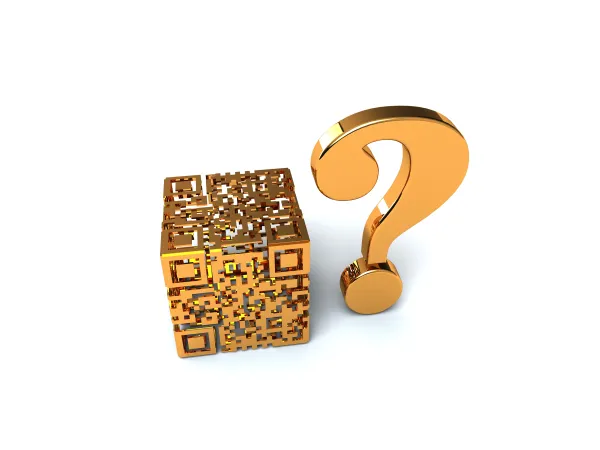EM Coding Alert
Clear the Confusion Surrounding 99211
You cannot provide incident-to services to a new patient. Although the major changes surrounding office/outpatient evaluation and management (E/M) codes, which went into effect in the beginning of 2021, are now familiar, there may still be some air to clear. Code 99211 (Office or other outpatient visit for the evaluation and management of an established patient that may not require the presence of a physician or other qualified health care professional. Usually, the presenting problem(s) are minimal.) is still the root of a lot of coders’ confusion, especially because its code descriptor was revised again at the beginning of 2022. Check in with these guidelines and expert advice to make sure you’re using this code correctly. Don’t Automatically Report Nurse-Provided E/M Services as 99211 Automatically reporting services provided by a nurse as 99211 could also be a huge source of revenue loss for your practice, not to mention a possible audit issue. Code 99211 does not require the presence of a physician and requires no history, exam, or medical decision making (MDM), so you might assume you can use the code for any patient, even a new one, who receives office/outpatient E/M services from a nurse. However, this is inaccurate for two reasons. First, the CPT® definition describes the 99211 service as being for an established patient, so it cannot be used for a new patient. Second, if an E/M service is provided by someone other than a physician or other qualified healthcare professional (QHP), Medicare regards the service as incident to the physician or QHP, and you cannot provide incident-to services to a new patient. That’s because one of the many requirements for incident-to reporting is that there must be a previously established course of treatment in place, which can never be true for a new patient. Thus, if your practice sees a new patient, that encounter must be reported with a new patient code, such as 99202 (Office or other outpatient visit for the evaluation and management of a new patient, which requires a medically appropriate history and/or examination and straightforward medical decision making …), at a minimum. And a physician or eligible QHP billing provider must provide those services. Not only is this compliant coding, it’s also a smart business decision, “as the reimbursement is higher for a new patient at the same level of service,” due to the extra work typically involved in taking the patient’s history and diagnosing new conditions, explains Mary I. Falbo, MBA, CPC, CEO of Millennium Healthcare Consulting Inc. in Lansdale, Pennsylvania. The current national nonfacility fee for 99211, for example, is set at $23.53, whereas Medicare will reimburse 99202 at $74.06. So, if a new patient comes in, it is best practice to have the patient seen by the provider who will need to assess and initiate a care plan and report the appropriate level of new patient office/outpatient E/M service. Important COVID-19 PHE exception: Under the unique circumstances of the COVID-19 public health emergency (PHE), you can bill 99211 when you assess and collect a COVID-19 specimen from a patient who is new to your practice, then bill a new patient E/M for a subsequent visit. You can find more information in question 14 of the following document: www.cms.gov/files/document/03092020-covid-19-faqs-508.pdf. See Clarification in 2022 Code Descriptor The code descriptor for 99211 was updated Jan. 1, 2022. The revision deleted the words “usually, the presenting problem(s) are minimal” to bring it in line with the other office/outpatient E/M descriptors, which had similar wording removed during the 2021 revisions. The change went beyond simply realigning the code to its larger group, however. “It also removed a potential source of confusion,” as it acknowledges that the severity of the patient’s condition does not determine the E/M level for the service, says Cindy Hughes, CPC, CFPC, consulting editor of Cindy Hughes Consulting in El Dorado, Kansas. For instance, 99211 may be reported when a nurse provides education to a newly diagnosed cancer patient, but cancer is by no means a minimal problem. Here, the service being provided (the education) is low risk and minimal with little data to be reviewed or analyzed, though the complexity of the condition will align with a higher level of MDM. Even so, “99211 still represents an E/M — really an assessment and management service — provided by clinical staff as opposed to a physician or other QHP who may report higher levels of E/M services,” Hughes notes. Use 99211 Only for Face-to-Face Services As we have just seen, 99211 is a code “for the evaluation and management of an established patient.” When patients come in and don’t require any face-to-face time with a physician or nurse — for a prescription refill, for example, or to pick up forms completed by your provider — such services don’t meet the code’s requirements. In some cases, a prescription pickup or form completion could require an assessment visit, and in those cases, 99211 might be appropriate if the documentation supports that patient management occurred. For instance, a patient presents to pick up a prescription and requests to speak with the provider about medication use. If the nurse meets with the patient to review the prescription to ensure the patient is properly educated on how to take the medication or to review side effects, for example, 99211 might be supported. In other words, enough has to happen in the encounter that the nurse can write a progress note, and some brief physician’s time to supervise the service is warranted. You should not charge for a visit if the visit was not prompted at the request of the physician or at the request of the patient for a specific patient need. Remember: Even though E/M codes can be reported for telehealth services in some circumstances where the patient isn’t physically in the presence of the provider, most carrier policies require audio and video for telehealth. Therefore, the face-to-face requirement must be met virtually with few, if any, exceptions.

Related Articles
EM Coding Alert
- Modifiers:
Use Modifiers Wisely to Demonstrate Separate and Distinct Services
Hint: You can’t use modifier 59 on an E/M service code. If your clinician performs [...] - Back to Basics:
Clear the Confusion Surrounding 99211
You cannot provide incident-to services to a new patient. Although the major changes surrounding office/outpatient [...] - Clip and Save:
Use This Memory Trick to Ace Hospital Claims
You don’t need to build a ‘palace’ in your mind, just remember this acronym. There [...] - You Be the Coder:
Remember Time or MDM When Selecting E/M Code Choice
Question: Encounter notes indicate that the provider performed an office evaluation and management (E/M) service that [...] - Reader Questions:
Develop Splinter Removal Coding
Question: A patient came to the emergency department (ED) after she got a splinter in her [...] - Reader Questions:
Look to Context of Conditions to Choose MDM Level
Question: A patient had labs drawn and came back in to review the results. Upon review, [...] - Reader Questions:
Remember MACs, Individual Payers Are Resources for Information
Question: For a postoperative, related evaluation and management (E/M) visit within the global surgery period, should [...]




